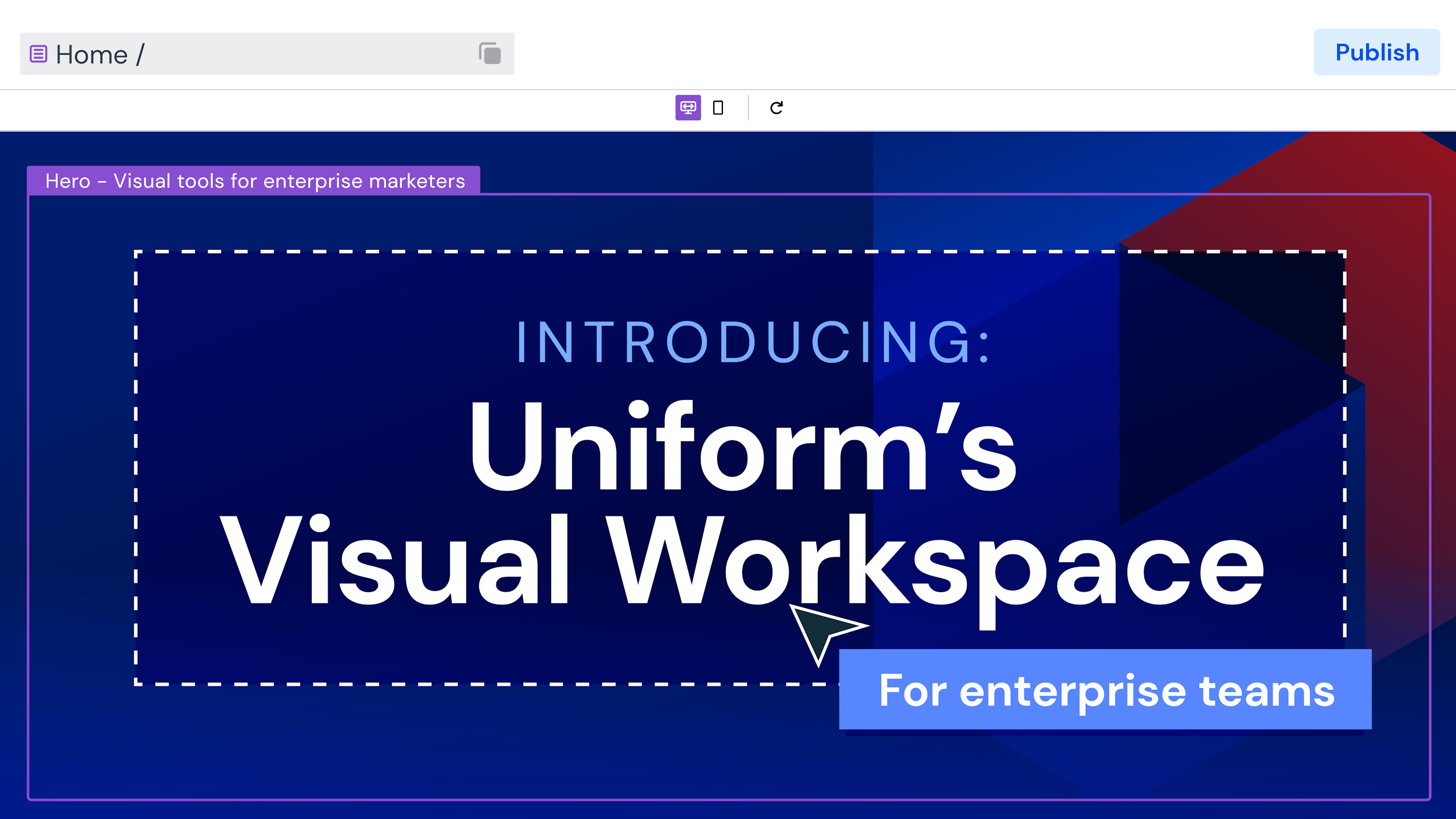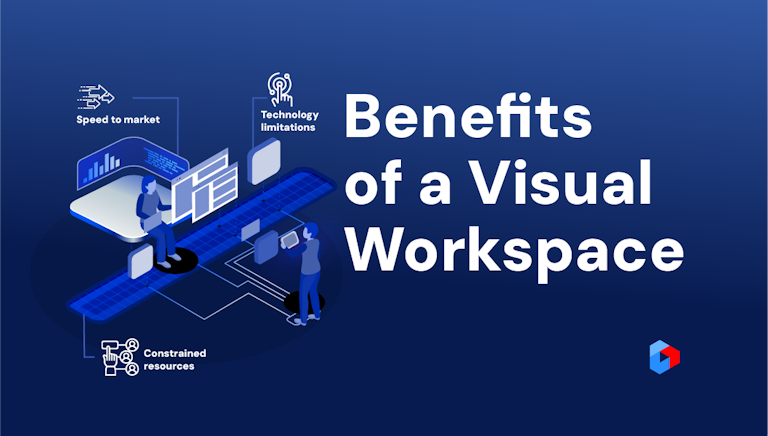Uniform blog/Composable commerce: the what, why, and how
Composable commerce: the what, why, and how
Composable commerce: the what, why, and how
Of all the efforts around digital transformation, commerce is especially ready for composable architectures. That’s because e-commerce apps already contain many key components: product catalog, shopping cart, payment provider, inventory, order management, shipping, customer order history.
Since composable commerce arose from the understanding that e-commerce needs are often unique among retailers, why should the related solutions be expensive and burdened with systems you must customize extensively? Read on for a deep dive of the ins and outs.
What is composable commerce?
As defined by Gartner, the core principles of composable commerce fall into either the “what it takes to do composable commerce correctly” or “what you get in return” category.
Modular
Composable commerce has greatly accelerated the adoption of the many subsystems because you can migrate in stages given their modular nature. Oftentimes, you would add subsystems, such as those for search merchandising or recommendations, and swap out elements like the cart or payment while leaving other subsystems in place—either permanently or incrementally.
For example, you might choose to leave the product catalog and inventory-management tool in place since they are more firmly tied to the underlying ERP processes.
Open
The key to being truly “open” is the level of freedom you have to purchase only the systems that you need and the ability to easily switch to other systems. That’s both on the vendor side and your implementation on top of the composable services. Binding them too tightly makes it difficult to transition to other systems down the road, negating a key benefit of composable commerce.
Flexible
Flexibility means the ability to adapt quickly to business changes. Since all the principles are interrelated, flexibility is not feasible without modularity or openness. Ultimately, flexibility enables you to seek out lower pricing or service offerings from vendors or to modify the digital experience so that your customers can find, buy, and receive products or services fast—a perk that was especially critical and obvious during the COVID pandemic.
Business-focused
Of course, the eventual goal is to be able to build a riveting experience in short order. Since composable commerce is modular, open, and flexible, you can readily select the components that best meet your needs for building compelling experiences for your audience.
What led to composable commerce?
Composable commerce evolved through a number of changes in how software is delivered.
Monoliths
Monoliths are platforms that comprise all the elements that constitute a commerce solution. Examples are vendors like SAP Hybris, which often require heavy customization to integrate with back-end systems or adaptable workflows that fulfill customer needs.
A case in point: A simple and common scenario like “click to collect” would require customization and consumption of many vendor APIs. This documentation from a major monolithic vendor, for example, describes a cumbersome, 19-step process and other systems you must build upon.
Headless
“Headless” means that a site’s or mobile app’s front-end design (aka “the head”) is decoupled from the underlying systems in the back end. That’s in contrast to the monolithic approach, whereby the commerce app contains all the features.
In headless, the front end interacts with the back-end systems through APIs, primarily to implement omnichannel use cases. However, as the experience-creation space matured, the distinctions between architectures and headless evolved. Headless was particularly important to accommodate the evolution of commerce systems because, oftentimes, systems that work better for complex processes, such as inventory management across locations, were not as effective for other tasks. The high costs involved in extensive customization have triggered the need for an alternative model.
SaaS
Along with headless, software-as-a-service (SaaS) is a major shift in how commerce systems operate. Even though SaaS can be headless, as in the case of vendors like commercetools; or not, as in the case of Shopify, the primary benefit is that SaaS requires no system maintenance, upgrades, or scalability.
MACH
MACH, which stands for Microservices-based, API-first, Cloud-native SaaS, and Headless, is the MACH Alliance-defined criteria for ensuring that services and systems meet core requirements. Despite MACH's benefits, you might end up building a MACH monolith, an in-between version of the traditional suite approach for web development and the modern composable way of designing architectures. Those monoliths combine composable’s best-of-need tools with monolithic features from headless systems—integration fields, previews, content mapping, routing—for a user-friendly interface for nontechnical stakeholders.
While offering more compelling user experiences and a more comprehensive system view, MACH monoliths could introduce complexity and challenges, such as higher dependencies and vendor lock-in.
Composable
Uniform’s cofounder Adam Conn wrote an excellent primer on composable architecture. More than simply being headless or SaaS, true composability requires the capability to efficiently change systems as needs evolve so as to minimize the effect on merchandisers and other content creators.
What are the benefits of composable commerce?
The main benefit of composable commerce is that you can quickly and sustainably select the components that suit your business and audience.
What are the drawbacks?
Composable commerce is not for everyone, as a commercetools blog post famously said while referencing Forrester research on the subject. I would agree, even two years later. Nevertheless, composable commerce has distinct advantages, especially for sellers who desire flexibility in how to meet the experience needs of their customers.
On a practical level, composable commerce sometimes reintroduces silos in how merchandising teams work with content or search-merchandising data. Occasionally, composable apps are poorly embedded, as in the case of product recommendations being displayed on the search bar only rather than on the page and in navigation, as well as clear divides of editorial and product-catalog experiences.
How about a few tips for implementing a composable strategy?
When migrating to composable, be sure to take advantage of its flexibility. By minimizing the scope of changes in both process and technology, you can work in smaller sprints and minimize risks. Also, identify the key elements of your customer experience to help prioritize your efforts and vendors.
For example, if your business highly depends on customer loyalty and repeat purchases, a customer-data platform is crucial. If you are selling large “considered” purchases instead, have a salesperson craft offers and send them over email. The trick is to decide where you want the edge to be relative to your competitors and prioritize efforts accordingly.
Leveraging a digital experience composition framework like Uniform accelerates development efforts and reduces the pain associated with technology adoptions and data silos. That advantage holds especially true for underlying legacy systems, on top of which Uniform Digital Experience Composition Platform (DXCP) acts as an abstractable composable layer and a caching tool.
For more information, contact us for a demo.




